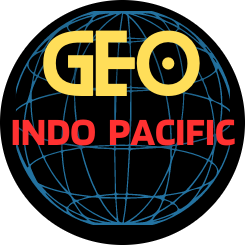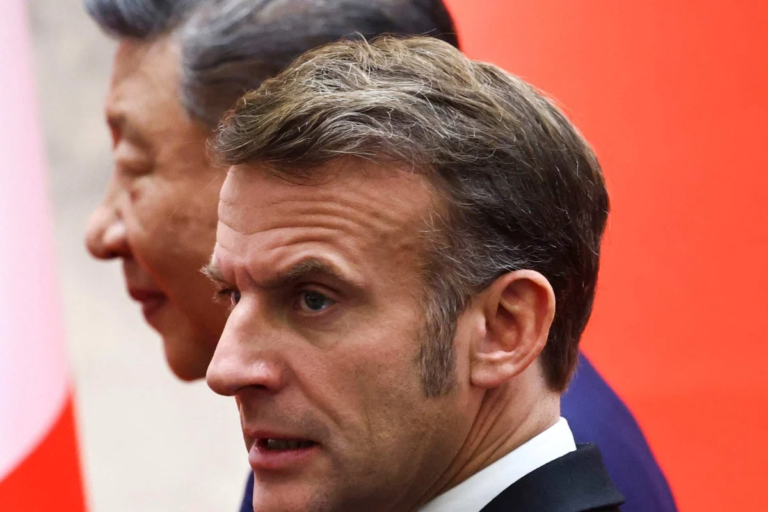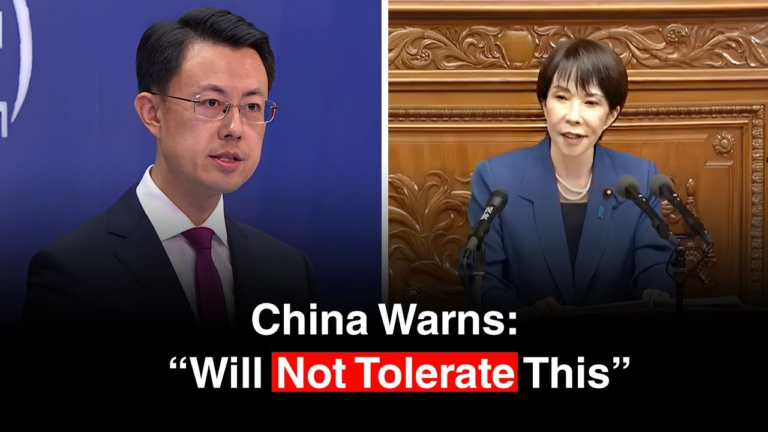
After months of tenuous peace between the US and China – featuring multiple rounds of talks and extensions of a temporary trade truce – recent events had markets and observers briefly worried over a return to the dangerous escalatory spiral averted earlier in the year.
Several punitive measures have been employed or threatened by the world’s two largest economies as they attempt to gain the upper hand in their broader rivalry, but last Thursday’s flurry of announcements from China’s Ministry of Commerce took many by surprise – particularly the expansive export controls imposed on rare earth elements, essential raw materials in the manufacture of hi-tech products.
Here, we unpack the details of these restrictions, why they were introduced, what elements and goods are involved and what the new rules mean for the global supply chain.
Why did China expand its rare earth export controls?
In the immediate aftermath of last week’s announcement, speculation was rife over the cause. Some said it was related to Pakistan’s exports of rare earth elements to the US using Chinese equipment and technology.
But Beijing denied this on Monday, saying Pakistan has been forthright over its mineral trade with the US and dismissing the theory as an “unfounded” attempt to “sow discord” between the traditional Asian allies.
In official communications, China has said the recent move was intended to “refine its export control framework” in light of geopolitical turmoil and the potential uses of rare earths in military equipment.
According to a research note published on Monday by financial services company Gavekal, the move was a response to what Beijing viewed as violations of the tacit consensus both sides had reached after talks in Madrid last month – most notably, the expansion of the US Department of Commerce’s Entity List to cover a wider range of Chinese companies under the list’s strict sanctions.
“For the first time in decades of negotiations with the US, China has serious leverage via its rare-earths chokehold and is using it forcefully,” the note said.
What is now covered under China’s export controls?
With the addition of five medium-heavy rare earth elements to China’s export control list, outbound shipments of all of these types of minerals – including the alloys, oxides, materials and components that contain them – will require a licence starting November 8.
This class of rare earth elements is essential for the production of certain hi-tech goods, and was the focus of a previous export control announcement that saw an informal softening after bilateral talks in June.
The recent additions – holmium, thulium, europium, erbium and ytterbium – play a critical role in the manufacturing of high-performance magnets, radar and satellite components, laser equipment and quantum computers.
Last week’s announcement also included restrictions on the trade of equipment and technologies used in the mining, refining and separation of rare earth elements, as well as the production of magnets containing the minerals – a significant move that widened the scope of China’s rare earth regulatory apparatus beyond the supply of the sought-after raw materials.
Products made outside China that use the country’s rare earth technologies will also fall under the export control umbrella starting December 1, as will permanent magnets and other materials containing rare earths sourced from China at or above a designated proportion.
Beijing’s Ministry of Commerce added it would “in principle” deny all rare earth export applications destined for overseas military entities, companies on China’s export control list or subsidiaries of firms on the control list where the parent has an ownership share of 50 per cent or more.
For elements used in advanced semiconductor production, the ministry said it will take up approval of export applications on a “case-by-case” basis.
What does this mean for the global rare earth supply chain?
Last week’s announcement had “unprecedented width and depth”, law firm King & Wood Mallesons said in a note on Sunday.
“[China] built a comprehensive export control system for rare earths, covering the full industry chain and extending beyond its geographical borders. This signals a fundamental shift in Beijing’s rare earth strategy – moving from basic resource management to strategic oversight of the entire industrial and technological ecosystem.”
Lawyers at the firm said China’s measures related to products made abroad mirror US practices and were taken to protect its national security.
The move is also strategic, as China has become indispensable in the world’s rare earth supply chain thanks to its decisive majority of the planet’s reserves and a near-monopoly on global refining capacity.
Beijing’s earlier restrictions on rare earth exports, employed at the height of the trade war, had a ripple effect on global manufacturing, with some US carmakers forced to halt production.
This time, with Beijing’s plan to thoroughly review exports of rare earths – crucial in the production of advanced computer chips – it could have a similar effect on that sector, King & Wood Mallesons said.
“The chips mentioned in the announcement largely match those the US has restricted from export to China,” the law firm wrote.
“It is a reciprocal move, using China’s rare earth strengths against the US’ advantages in semiconductors and artificial intelligence.”





